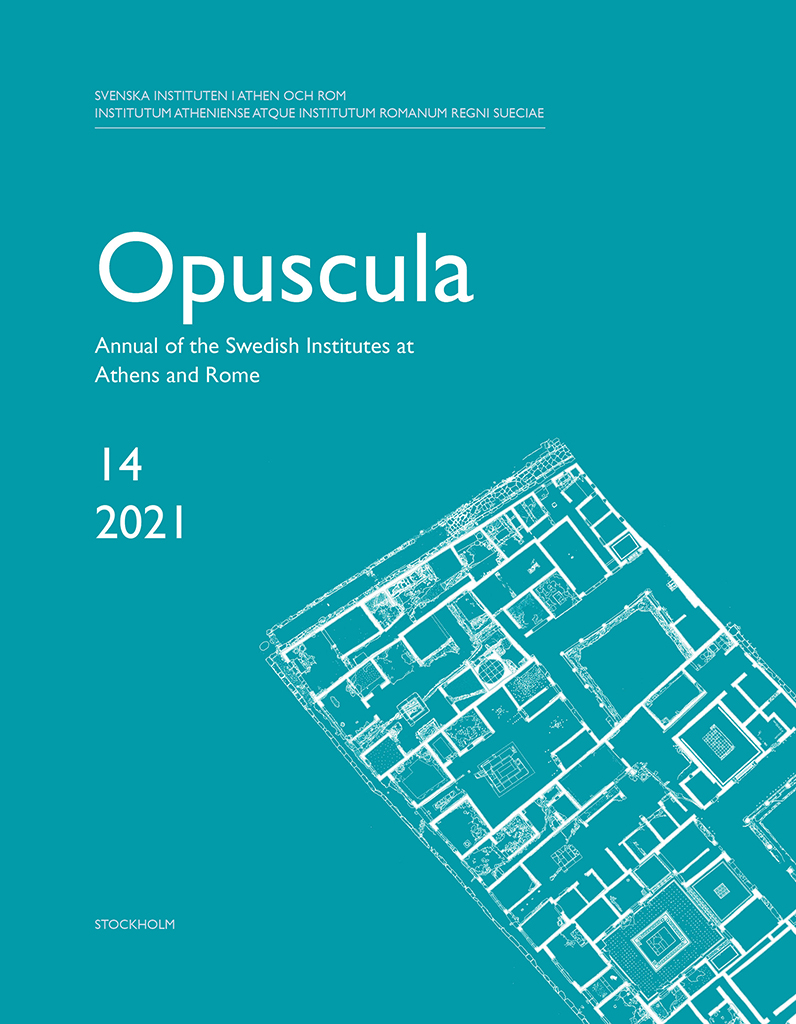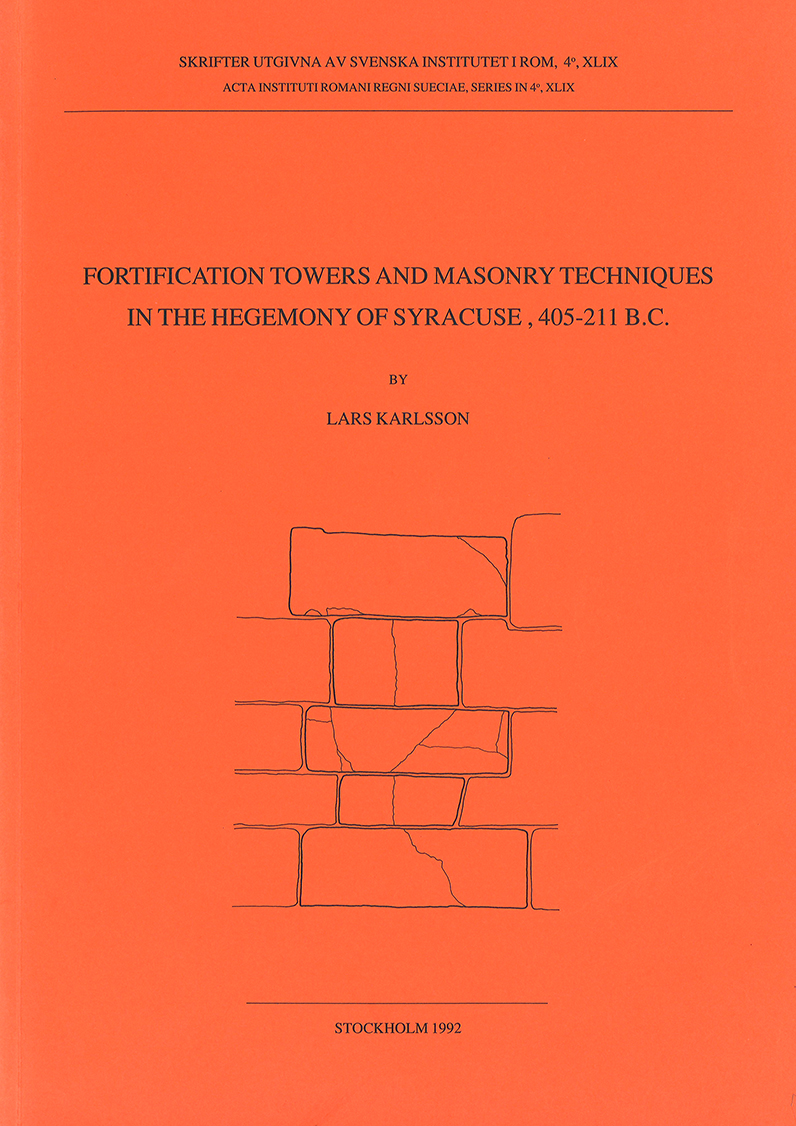Opuscula is published by the Swedish Institutes at Athens and Rome, with the aid of a grant from the Swedish Research Council. Distributed by Eddy.se AB. View journal at ERIH PLUS. All content available with open access. The Turkish harem in the Karyatid Temple and antagonistic narratives on the Athenian Acropolis By J.Z. Van Rookhuijzen (Utrecht University, The Netherlands) Abstract According to received history, the Karyatid Temple on the Acropolis of Athens (commonly known as the “Erechtheion”) was, in the city’s first Ottoman period (1456–1687), converted into a Turkish harem. In this article, I investigate the story by scrutinizing sources from this period. I argue that the notion of the harem, although historically suspect, found fertile ground in an orientalist worldview that has been prevalent among western visitors and scholars. I propose that the tale may have been inspired by the temple’s conspicuous Karyatid statues. I close by considering the story of the harem as part of a phenomenon of “antagonistic narratives” (stories that concern the desecration or destruction of monuments by enemies) in history and archaeology. The article offers new perspectives on later uses of and stories about the Karyatid Temple, on western attitudes towards the presence of Turks…
Published by the Swedish Institute of Classical Studies in Rome. Distributed by Astrom Editions. Fortification towers and masonry techniques in the hegemony of Syracuse, 405–211 B.C. By Lars Karlsson Abstract Syracuse assumed the leadership of the Greek cities after the Carthaginian wars of 409–405 B.C. and the first chapter discusses the four main periods which can be discerned in the archaeological material: (1) the rule of Dionysios I, 405–367 B.C., (2) the period of Timoleon, 244–c. 316 B.C., (3) Agathokles, 316–289 B.C., and (4) the rule of King Hieron II, 270/69–215 B.C. Pyrrhos, as king of Syracuse in 278–276 B.C., was also responsible for work on Sicilian fortifications. Towers with internal crosswalls are treated in Chapter Two and they appear in two types. The first group consists of seven towers with internal walls in the shape of a T (the ‘Epipolai Towers’). The towers are large and square, measuring 10–12 m. (around 30–35 Doric ft.) on a side. The second group of towers with interior walls in the shape of a Greek cross, is common in Sicily. Twelve square examples are known (plus two circular and two semicircular). The square towers frequently measure 6.60 m. (20 Doric ft.) on a…


